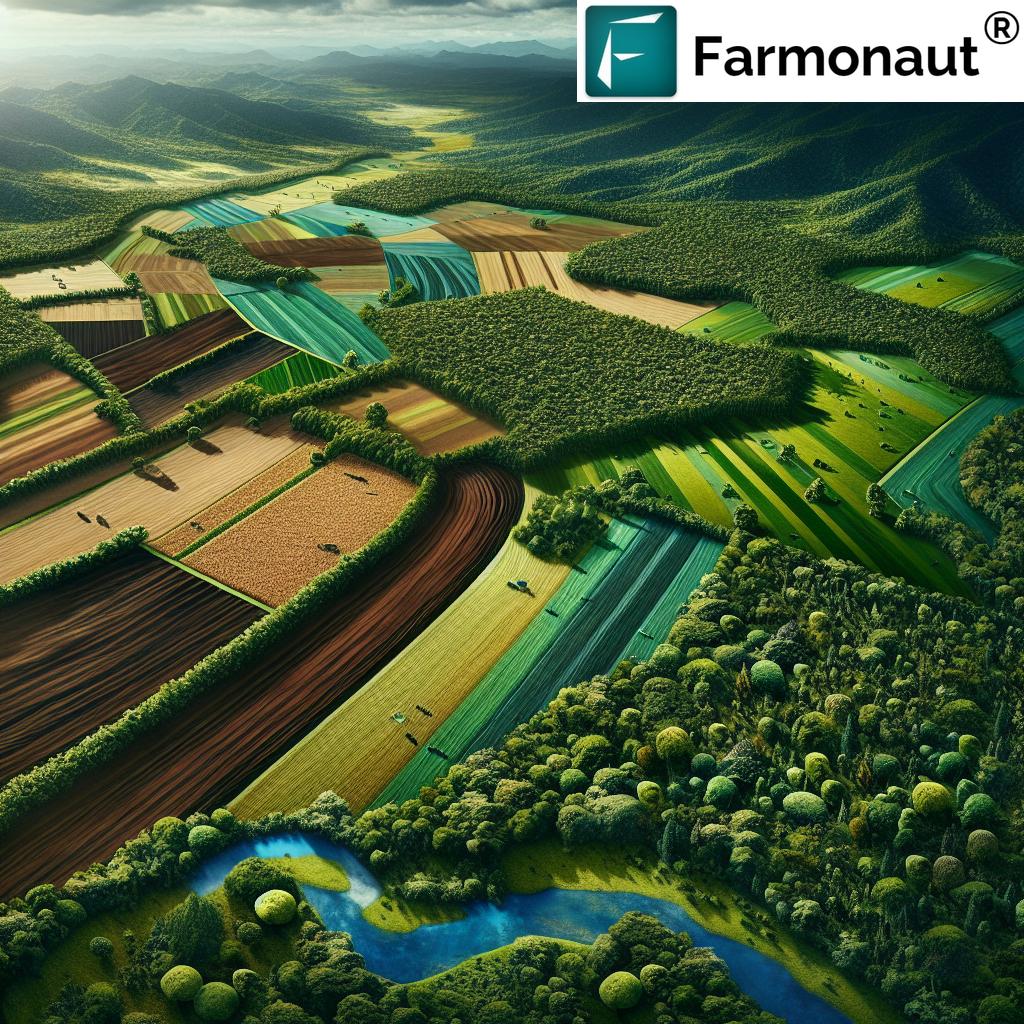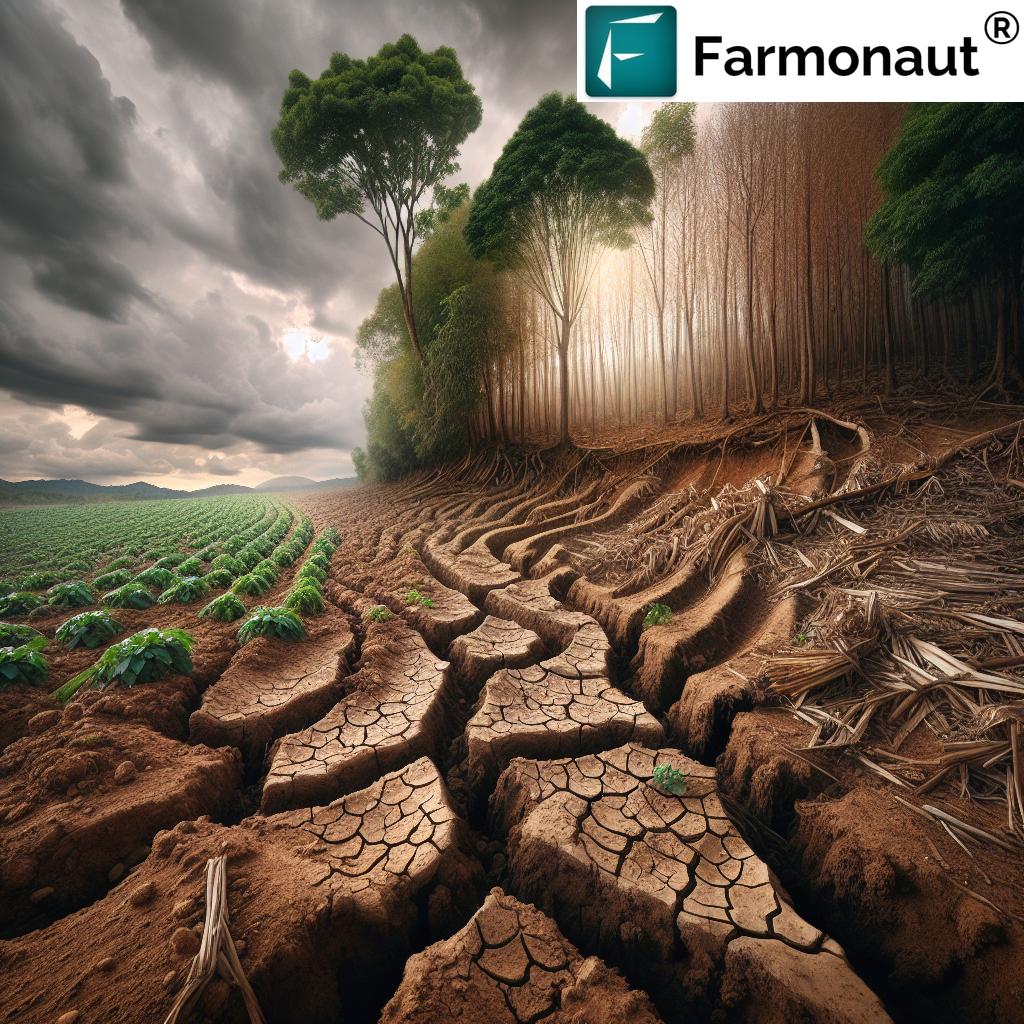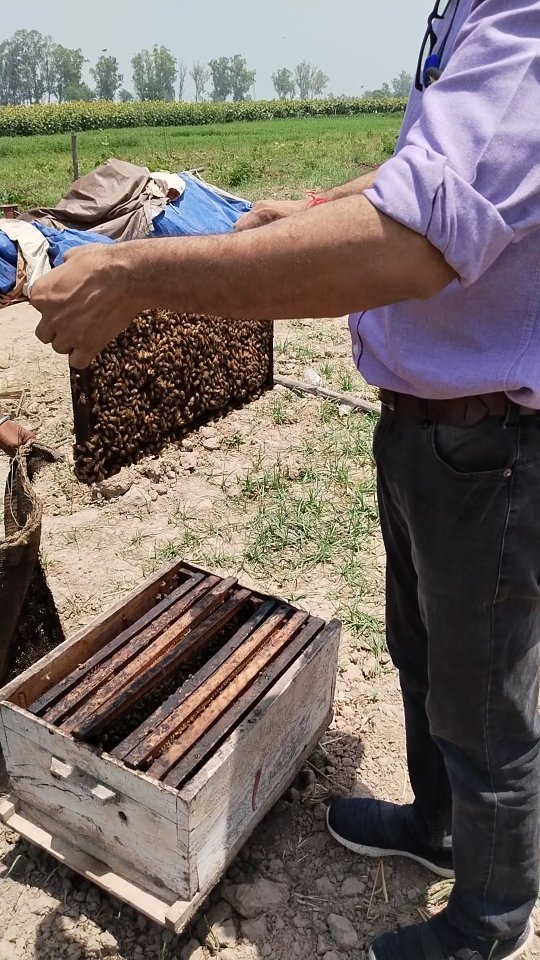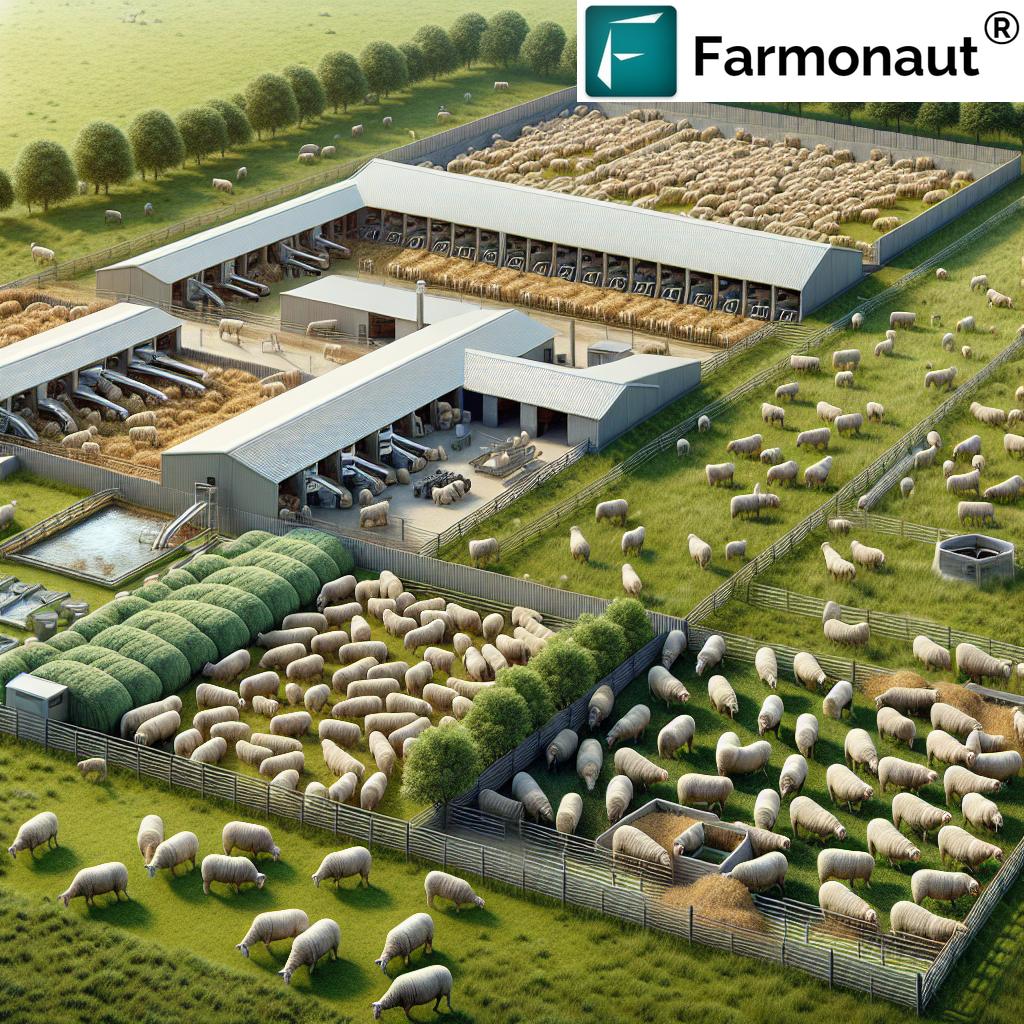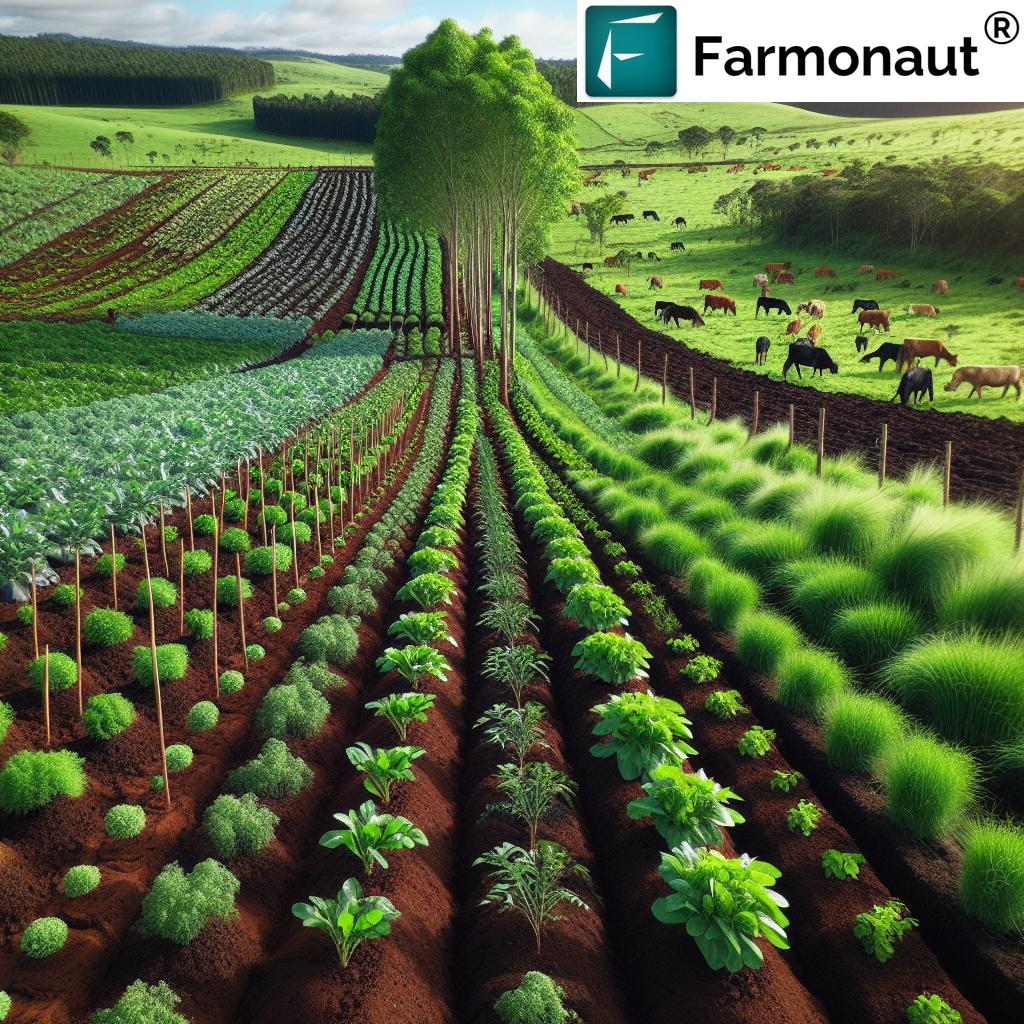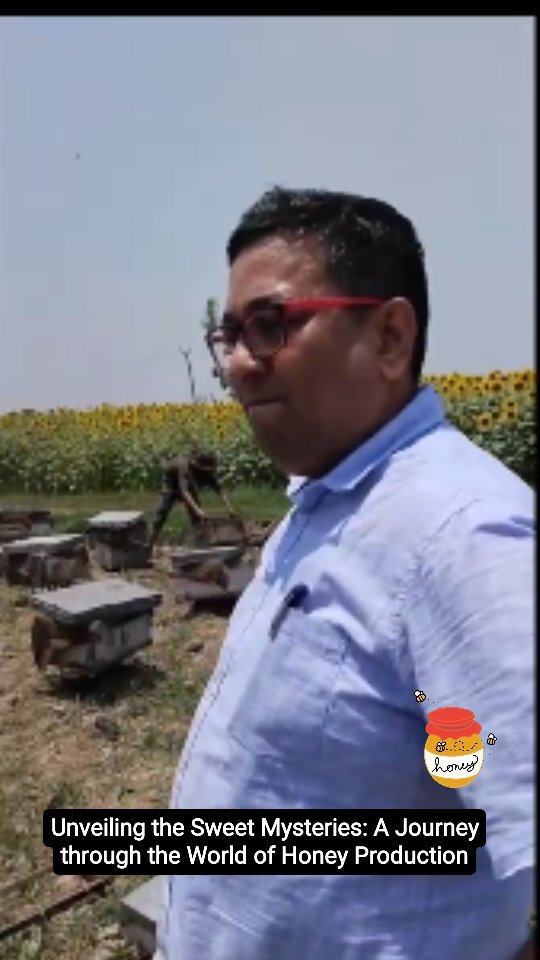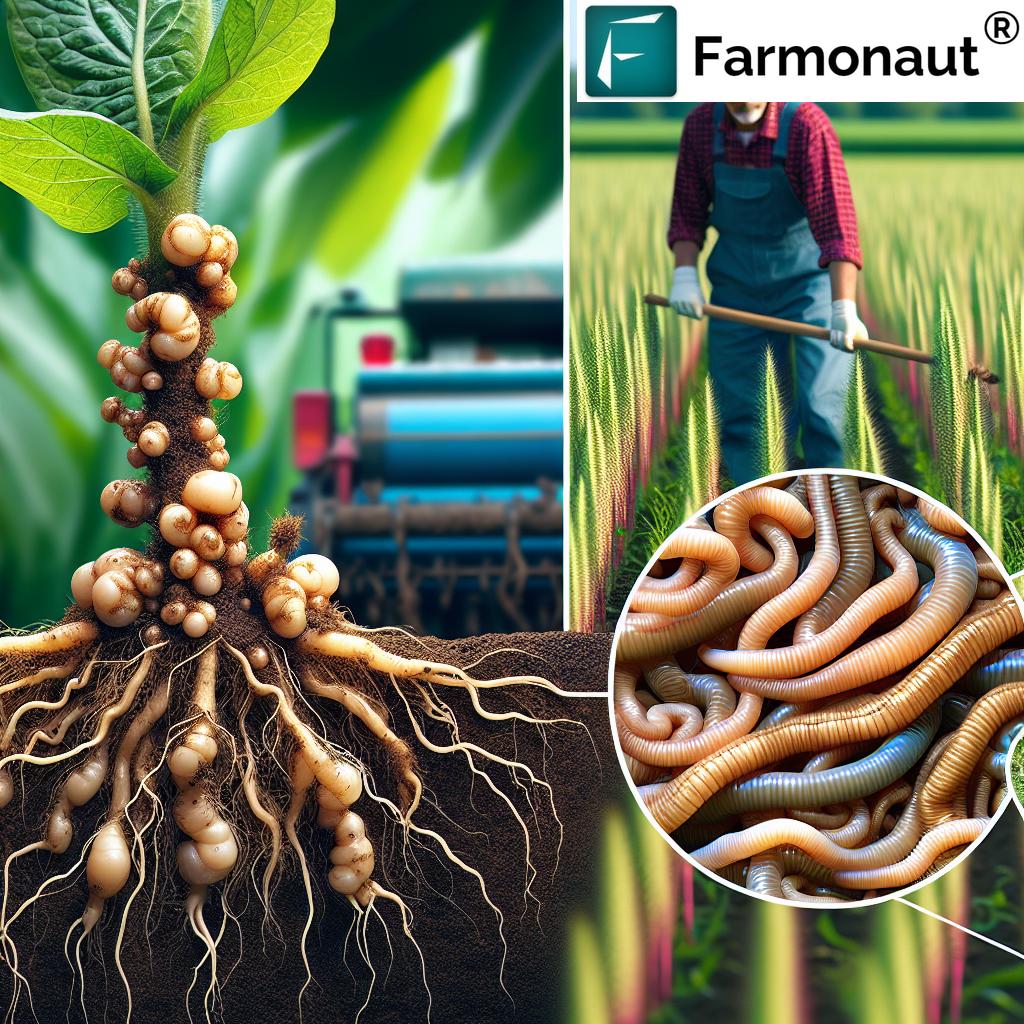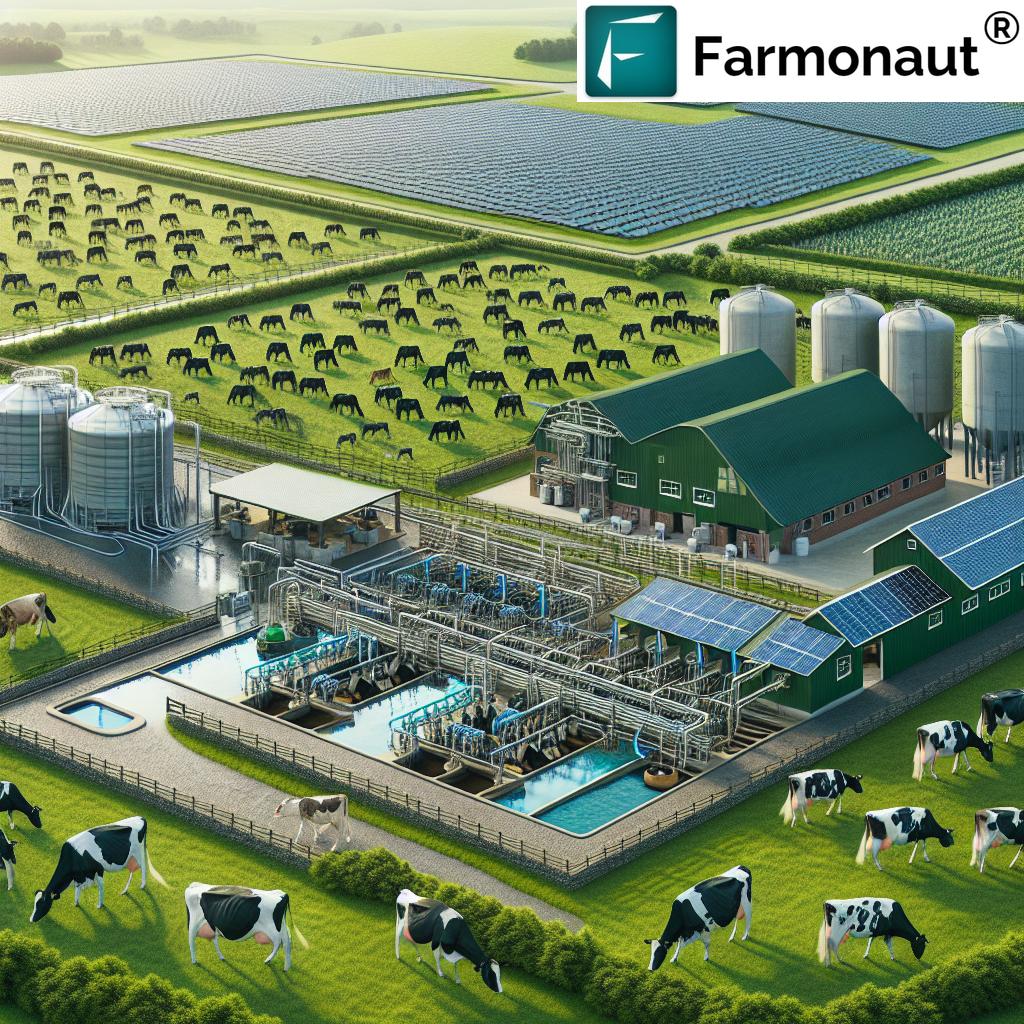Undernourishment: 7 Shocking Agriculture Fixes!
“Globally, over 820 million people are undernourished, yet sustainable agriculture could boost crop yields by up to 79%.”
Introduction: The Global Challenge of Undernourishment
Undernourishment, characterized by the habitual consumption of insufficient food to meet vital dietary energy requirements, remains one of our era’s most pressing global challenges. Despite remarkable progress in agricultural technology and food systems, as of 2021, more than 750 million people worldwide—the majority in fragile, rural areas of low to very low peace countries—are affected by chronic hunger
(visionofhumanity.org).
But why does undernourishment persist so stubbornly, especially within the sectors meant to feed the world—agriculture and forestry? To answer, we must explore the intricate interplay of soil quality, erosion, resources access, forests, crop productivity, and the mounting impacts of climate change.
In this comprehensive overview, we analyze 7 transformative, sustainable agriculture fixes that can address undernourishment in developing countries, spotlight how soil erosion and agricultural productivity are intertwined, why the role of forests in nutrition is critical, and how modern technology like Farmonaut’s platform is opening new frontiers for food security in rural areas.
The Impact of Undernourishment on Agriculture
Our food systems operate in a delicate balance—agriculture is both a driver and a casualty of undernourishment. In developing countries, approximately 70% of the poor reside in rural areas, where livelihoods depend on fragile fertile land. Essentials such as quality soil, water, and other resources are often limited or degraded. (fao.org)
Soil Erosion and Agricultural Productivity
One of the most persistent environmental threats to food production in these regions is soil erosion. Accelerated by deforestation, overgrazing, and unsustainable agricultural expansion, erosion strips away nutrient-rich topsoil, diminishing soil quality and severely impacting crop yields. The cycle is self-reinforcing: reduced agricultural productivity leads to more food insecurity, pushing communities to exploit marginal land even further. (vaia.com)
- Loss of fertile topsoil equals lower nutrient density in staple crops
- Degradation undermines water retention, leading to frequent drought conditions
- Land abandonment and migration increase as livelihoods become unsustainable
Addressing soil erosion and agricultural productivity is central to combating undernourishment. Sustainable agriculture practices that restore soil health can reverse these trends and improve yields even in resource-poor environments.
Learn more: Farmonaut Carbon Footprinting enables agribusinesses and policymakers to assess the impacts of soil quality and land management on environmental sustainability.
The Impact of Climate Change on Crops & Nutrition
Climate change is rapidly reshaping the world’s agricultural and nutritional landscape. Intensifying atmospheric CO₂ levels have paradoxical effects—while they can sometimes stimulate plant growth, they also decrease nutrient density in staple crops such as wheat and rice. Essential micronutrients like protein, iron, and zinc are found in reduced concentrations, directly threatening communities already battling undernourishment. (wikipedia)
- More frequent extreme weather disrupts planting and harvest cycles, slashing crop yields
- Changing rainfall patterns heighten water scarcity—especially in rural regions
- Pest and disease outbreaks multiply in a warming world, undermining sustainable agriculture practices
In this context, climate-smart agriculture—featuring resilient crop varieties, regenerative soil practices, and adaptive resource management—becomes essential. Our technology-driven solutions at Farmonaut support these environmental strategies for agriculture, empowering communities with real-time data, weather insights, and targeted advisory.
The Role of Forests in Nutrition & Food Security
Healthy forests are more than just a biodiversity resource—they are crucial for human nutrition. Forest ecosystems provide wild foods such as fruits, nuts, mushrooms, leafy greens, and a vast diversity of medicinal plants (fao.org). Forests act as both direct and indirect buffers against undernourishment, supplementing the diets of millions in developing countries.
- Dietary diversity: Forest foods complement staple crops, adding key macro- and micro-nutrients
- Natural pharmacy: Forest plants are a primary source of medicines in rural regions, treating ailments exacerbated by malnutrition
- Ecosystem services: Forests maintain ecological balance by regulating water cycles, preventing soil erosion, and supporting agricultural productivity
However, unchecked deforestation and food insecurity go hand in hand. Loss of forest cover for agricultural expansion accelerates environmental degradation, destroying natural nutrient cycles and putting both food security in rural areas and human health at risk.
Tip: Explore Farmonaut’s Crop Plantation, Forest & Advisory Tool for insights on optimal land use, sustainable agricultural expansion, and balancing food production with forest conservation.
“Healthy soils can store up to 20% more carbon, directly improving crop nutrition and fighting climate change.”
Socio-Economic Factors & Livelihoods: The Human Face of Undernourishment
Undernourishment is often most acute among society’s most vulnerable, notably women and children. For example, in Bangladesh, 14% of children under five face acute malnutrition, and two-thirds of child deaths in this age group are linked to poor nutrition (wikipedia). Barriers include:
- Gendered disparities in access to resources and decision-making
- Insufficient infrastructure and support services in rural regions
- Sensitivity of agricultural livelihoods to shocks (drought, pests, market failures)
Addressing undernourishment means improving not just agricultural productivity but also equitable access to land, credit, and technology. Digital solutions help bridge these divides by connecting smallholder farmers to real-time advisory, fair resource distribution, and transparent value chains.
Did You Know? With satellite-based crop insurance, Farmonaut enables faster, more equitable access to credit and protection for vulnerable rural farming families—helping build resilient livelihoods.
7 Shocking Agriculture Fixes to Combat Undernourishment
We can reverse the undernourishment crisis—but only with purposeful change. Here, we present seven research-backed sustainable agriculture practices that have proven potential to reshape agriculture, improve soil quality, sustain forest health, elevate crop yields, and address food insecurity in rural regions.
-
Agroforestry Integration
Combines trees, crops, and sometimes livestock on the same land. Agroforestry improves soil quality, conserves water, and boosts nutrient density through natural leaf litter and biological nitrogen fixation. It boosts crop productivity and supports forest cover restoration. -
Climate-Smart Agriculture
Implements drought-tolerant crops, efficient water use, and adaptive resource management—helping smallholders withstand the impact of climate change on crops. Offers increased resilience to erratic rainfall and atmospheric CO₂ levels. -
Conservation Tillage & Cover Cropping
Minimizes soil disturbance while maintaining year-round plant cover, reducing soil erosion, building organic matter, and improving soil water retention—vital for long-term agricultural productivity. -
Diversification of Livelihoods
Encourages alternative income sources (e.g., agro-processing, ecotourism, sustainable forestry products) to buffer communities from food price shocks and failed harvests, promoting food security in rural areas. -
Forest Conservation & Sustainable Land Use
Protects crucial forest services: erosion control, water cycle regulation, wild food/medicine supply, and cultural value. Reduces deforestation and food insecurity. -
Improved Governance & Access
Strengthens institutions to guarantee equitable access to land, technology, and quality inputs (seeds, fertilizer, credit). This facilitates better food distribution and targeted interventions for the most vulnerable. -
Precision Agriculture & Digital Tools
Leverages advanced tools for real-time crop health monitoring, AI-powered advisory, and blockchain-based traceability, dramatically improving input efficiency, crop yields, and resource management for even the smallest farms.
Resource: Discover the benefits of Farmonaut’s API for developers and agribusinesses, or browse the API documentation here.
Power Tip: Our Traceability Solution utilizes blockchain to ensure every food product’s journey from farm to plate is secure and transparent—boosting trust and authenticity across supply chains.
Farmonaut’s Technology: A Turning Point for Sustainable Agriculture
At Farmonaut, we enable the adoption of sustainable agriculture practices through accessible, cost-effective digital tools:
- Satellite-Based Crop Health Monitoring: Multispectral imagery for real-time insights into vegetation health, soil moisture, and resource optimization, leading to higher crop yields.
- Jeevn AI Advisory System: Delivers personalized, evidence-based crop management recommendations—empowering farmers with climate-adaptive strategies.
- Blockchain Traceability: Ensures transparent, fraud-resistant product traceability from field to fork.
-
Fleet and Resource Management: Streamlines vehicle and resource tracking for agribusinesses, improving efficiency and reducing costs.
More details: Fleet Management -
Carbon Footprinting Tools: Help monitor and reduce the environmental footprint of agricultural activity—encouraging compliance with global climate targets.
Discover: Carbon Footprinting Product Page -
Crop Loan & Insurance: By using precise satellite verification, provide farmers easier access to credit, insurance, and relief after adverse events.
See: Crop Loan & Insurance Product -
Large Scale Farm Management: For agribusinesses and policymakers to manage land resources with data-driven precision.
Details: Large Scale Farm Management
All these services are available via Android, iOS, and web apps, making precision agriculture affordable and accessible worldwide.
Comparative Impact Table: Sustainable Agriculture Solutions
| Practice Name | Estimated Reduction in Undernourishment (%) | Estimated Increase in Crop Yield (%) | Effect on Soil Quality | Forest Conservation Benefit | Climate Resilience Enhancement |
|---|---|---|---|---|---|
| Agroforestry Integration | 18-25% | 22-35% | Significantly improves (organic matter, structure) | Yes (High) | High (multi-layer resilience) |
| Climate-Smart Agriculture | 16-19% | 15-38% | Enhances retention, fertility, biodiversity | Moderate | Very High (adaptive practices) |
| Conservation Tillage & Cover Cropping | 12-16% | 13-24% | Improves, reduces erosion, increases carbon | Yes (Moderate) | Good (buffers weather shocks) |
| Diversification of Livelihoods | 14-22% | 12-16% (indirect) | Stabilizes, less stress on land | Yes (Reduces pressure) | High (income buffer) |
| Forest Conservation & Sustainable Land Use | 18-32% | 16-20% (by ecosystem service) | Sustains quality in catchments | Yes (Very High) | Excellent (hydrologic stability) |
| Improved Governance & Access | 20-38% | 9-16% | Enables sustainable management | Moderate | Moderate to high (policy-driven) |
| Precision Agriculture & Digital Tools | 19-33% | 25-41% | Drastically improves by targeted inputs | Indirect, supports sustainable intensification | High (real-time adaptation) |
Farmonaut Subscriptions: Affordable Agriculture Tech for All
Ready to supercharge your sustainable agriculture journey?
Farmonaut offers a flexible suite of subscription plans for individual farmers, cooperatives, governments, and corporates—bringing the latest advancements in satellite-based crop health monitoring, AI-powered recommendations, crop insurance verification, and more directly to your device. Our modular, scalable business model ensures resource efficiency, transparency, and high-impact outcomes for every stakeholder.
Try it now on Web, Android, or iOS, and transform your farm or agribusiness with precision agriculture at your fingertips!
Frequently Asked Questions (FAQ)
What is undernourishment, and why is it a global challenge?
Undernourishment is a condition where people habitually consume less food than required for adequate dietary energy. It’s a global challenge because it affects over 750 million people, mainly in rural areas in developing countries, impairing health, productivity, and future economic growth.
How does soil erosion impact agricultural productivity and food security?
Soil erosion removes fertile topsoil, reducing land’s productivity, water retention, and nutrient density. This limits crop yields and exacerbates food insecurity, especially in the world’s poorest rural regions.
What role do forests play in combating undernourishment?
Forests supply wild foods (fruits, nuts, plants) and medicinal resources vital for nutrition. They maintain ecological balance by preventing soil erosion and regulating water cycles, supporting both food production and climate regulation.
What solutions can help reduce undernourishment in developing countries?
Solutions include sustainable agriculture practices such as agroforestry, climate-smart farming, conservation tillage, forest conservation, diversified livelihoods, improved governance, and digital tools for precision farming.
How does Farmonaut support sustainable agriculture and undernourishment reduction?
Farmonaut empowers farmers and agribusinesses with satellite-based crop monitoring, AI-driven recommendations, blockchain traceability, and carbon footprint tracking. These digital solutions optimize resource use, improve crop productivity, and promote sustainable practices to address food insecurity.
How can I get started with Farmonaut’s satellite-tech solutions?
Download Farmonaut on Android, iOS, or access via web. Learn more about available subscription plans above, or see detailed product info for carbon footprinting, traceability, and other modules.
Conclusion: Towards a Nourished, Sustainable Future
Tackling undernourishment demands a holistic approach—one that integrates sustainable agriculture practices, vibrant forests, healthy soil, efficient resource use, and the resilient adaptation of rural livelihoods to climate change. Through effective strategies such as agroforestry, conservation agriculture, and advanced digital management, we can break the cycle of food insecurity and ecological degradation plaguing developing countries.
At Farmonaut, our mission is to ensure that these transformative environmental strategies for agriculture are affordable and accessible—empowering every farmer, business, and policymaker to drive positive change. Together, with informed science and bold innovation, we will create a future where nutritious food, sustainable land, and thriving forests are within everyone’s reach.


